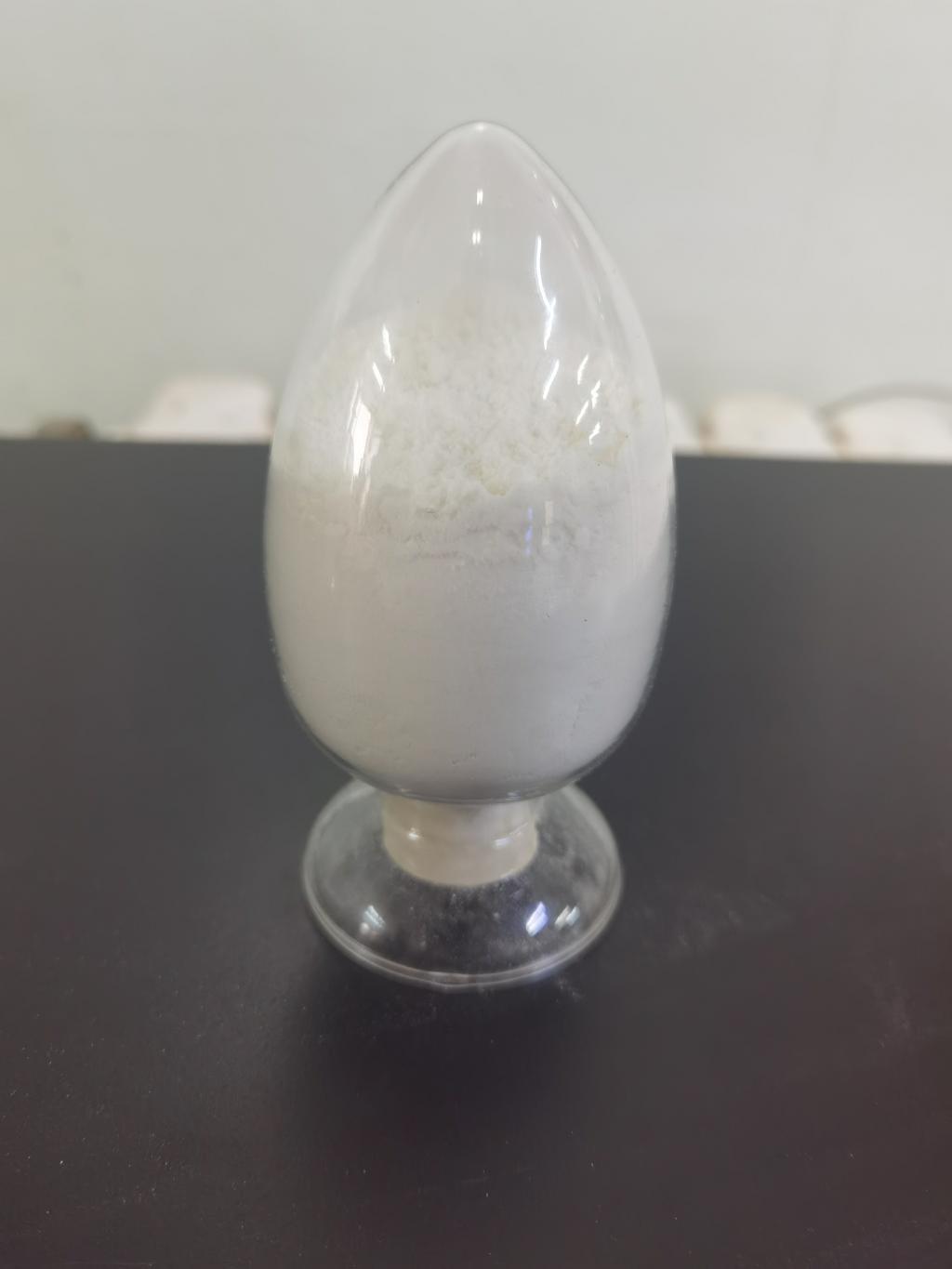Tel:0086 18231198596

News
ε-Polylysine hydrochloride's applications in controlling microbial contamination in pharmaceuticals.
TIME:2024-05-20
Mechanisms of Action
ε-Polylysine hydrochloride is a cationic polymer composed of L-lysine residues. Its antimicrobial activity primarily results from its interaction with microbial cell membranes. The positively charged ε-PL molecules bind to the negatively charged components of bacterial and fungal cell membranes, disrupting their structure and increasing permeability. This disruption leads to leakage of intracellular contents, causing cell death. ε-PL is effective against a broad spectrum of microorganisms, including Gram-positive and Gram-negative bacteria, as well as yeasts and molds.
Benefits of ε-Polylysine Hydrochloride in Pharmaceuticals
1. Broad-Spectrum Antimicrobial Activity
ε-PL exhibits robust antimicrobial activity against a wide range of pathogens and spoilage organisms commonly encountered in pharmaceutical products. These include bacteria such as Staphylococcus aureus, Escherichia coli, and Pseudomonas aeruginosa, and fungi like Candida albicans and Aspergillus niger. This broad-spectrum efficacy ensures comprehensive protection against microbial contamination.
2. Natural Origin and Biodegradability
As a naturally derived antimicrobial agent, ε-PL aligns with the increasing demand for natural and sustainable ingredients in pharmaceuticals. Its biodegradability ensures minimal environmental impact, addressing concerns associated with synthetic preservatives.
3. Low Toxicity and Safety
ε-PL is characterized by low toxicity and a minimal risk of allergic reactions, making it suitable for use in pharmaceutical formulations. Toxicological studies have confirmed its safety, supporting its application in products intended for various patient populations, including those with sensitive skin or compromised immune systems.
4. Stability Across Various Conditions
Pharmaceutical products often require stability across diverse conditions, including different temperatures and pH levels. ε-PL maintains its antimicrobial efficacy under a wide range of environmental conditions, making it a versatile preservative for various pharmaceutical applications.
Applications in Pharmaceuticals
1. Topical Preparations
Topical pharmaceutical products, such as creams, ointments, gels, and lotions, are prone to microbial contamination due to their water content and frequent exposure to the environment. ε-PL can be effectively incorporated into these formulations to prevent bacterial and fungal growth, ensuring product safety and extending shelf life.
2. Ophthalmic Solutions
Ophthalmic solutions and eye drops are highly susceptible to microbial contamination, which can lead to serious eye infections. ε-PL can be used as a preservative in these formulations to provide effective antimicrobial protection without causing irritation or adverse reactions.
3. Injectable Formulations
Injectable pharmaceutical products require stringent microbial control to prevent infections and ensure patient safety. ε-PL can be employed in parenteral formulations to inhibit microbial growth, maintaining the sterility and efficacy of these products.
4. Nasal and Inhalation Products
Nasal sprays and inhalation products are exposed to the respiratory tract and must be free from microbial contamination. ε-PL can be used to preserve these formulations, ensuring they remain safe and effective throughout their shelf life.
5. Oral Pharmaceuticals
Oral liquid pharmaceuticals, such as syrups and suspensions, are at risk of microbial contamination due to their aqueous nature. ε-PL can be added to these products to prevent microbial growth, ensuring their safety and stability.
Regulatory Considerations
1. Safety Assessments
Comprehensive safety assessments are essential for the widespread adoption of ε-PL in pharmaceutical products. Regulatory bodies such as the U.S. Food and Drug Administration (FDA) and the European Medicines Agency (EMA) require extensive toxicological data to confirm the safety of ε-PL. Studies on its toxicity, allergenicity, and long-term exposure effects are crucial for regulatory approval.
2. Compliance with Pharmaceutical Regulations
Pharmaceutical products must comply with stringent regulations governing the use of preservatives and antimicrobial agents. In the United States, the FDA oversees the approval and regulation of these substances in pharmaceuticals. In Europe, the EMA provides safety assessments and regulations. ε-PL must meet the criteria set by these regulatory bodies to be approved for use in pharmaceutical applications.
3. Labeling Requirements
Accurate labeling of pharmaceutical products containing ε-PL is essential for regulatory compliance and consumer transparency. Labels must indicate the presence of ε-PL, its concentration, and any potential allergens. This ensures that healthcare providers and patients are informed about the ingredients in their medications and can make safe choices.
Future Prospects and Research Directions
1. Enhanced Formulations
Ongoing research aims to optimize ε-PL formulations for enhanced stability and efficacy in pharmaceutical products. Innovations in delivery systems, such as encapsulation or combination with other natural preservatives, can further improve its antimicrobial properties and broaden its application spectrum.
2. Synergistic Combinations
Combining ε-PL with other natural preservatives or antimicrobial agents can create synergistic effects, enhancing overall antimicrobial efficacy. Research into such combinations can lead to more effective preservative systems, reducing the required concentrations of each component and minimizing potential adverse effects.
3. Consumer Acceptance
As consumers and healthcare providers increasingly seek natural and safe pharmaceutical products, ε-PL's natural origin and safety profile can drive its acceptance in the market. Educating stakeholders about the benefits of ε-PL and its role in ensuring product safety can enhance its adoption in pharmaceutical formulations.
4. Environmental Impact Studies
While ε-PL is biodegradable, further studies on its environmental impact can provide valuable insights into its sustainability. Research into its degradation pathways and effects on ecosystems can support its use as an environmentally friendly preservative.
Conclusion
ε-Polylysine hydrochloride offers a promising solution for controlling microbial contamination in pharmaceutical products. Its broad-spectrum antimicrobial activity, natural origin, low toxicity, and compatibility with various pharmaceutical formulations make it an attractive alternative to traditional preservatives. By ensuring the safety and stability of pharmaceutical products, ε-PL can meet the growing demand for effective and natural preservative systems in the pharmaceutical industry. As research and regulatory efforts continue, ε-PL is poised to become a key component in the formulation of safe, stable, and environmentally friendly pharmaceuticals.

 CONTACT
CONTACT




